Growth in Packaging Applications
The Aluminium Cylinder Market is significantly influenced by the expanding packaging sector. Aluminium cylinders are increasingly utilized in various packaging applications, particularly in the food and beverage industry. The lightweight and corrosion-resistant nature of aluminium makes it an ideal material for packaging, ensuring product safety and extending shelf life. In 2025, the packaging sector is expected to represent around 25% of the aluminium cylinder market. Additionally, the rising consumer preference for sustainable packaging solutions further propels the demand for aluminium cylinders, as they are recyclable and environmentally friendly. This trend indicates a robust growth trajectory for the Aluminium Cylinder Market, driven by the need for efficient and sustainable packaging solutions.
Rising Demand in Automotive Sector
The Aluminium Cylinder Market experiences a notable surge in demand driven by the automotive sector. As manufacturers increasingly prioritize lightweight materials to enhance fuel efficiency and reduce emissions, aluminium cylinders are becoming a preferred choice. In 2025, the automotive industry is projected to account for approximately 30% of the total aluminium cylinder consumption. This trend is further supported by stringent regulations aimed at lowering carbon footprints, compelling automakers to adopt innovative materials. The shift towards electric vehicles also contributes to this demand, as aluminium's properties align well with the requirements of modern automotive designs. Consequently, the Aluminium Cylinder Market is likely to witness sustained growth as automotive manufacturers continue to embrace aluminium solutions.
Technological Innovations in Manufacturing
Technological advancements play a crucial role in shaping the Aluminium Cylinder Market. Innovations in manufacturing processes, such as advanced casting techniques and automated production lines, enhance the efficiency and quality of aluminium cylinders. These technologies not only reduce production costs but also improve the precision and durability of the final products. In 2025, it is anticipated that the adoption of these technologies will lead to a 15% increase in production capacity within the industry. Furthermore, the integration of smart manufacturing practices allows for real-time monitoring and optimization of production processes, thereby increasing competitiveness. As a result, the Aluminium Cylinder Market is poised for growth, driven by continuous technological improvements.
Regulatory Support for Lightweight Materials
The Aluminium Cylinder Market is positively impacted by regulatory frameworks that promote the use of lightweight materials. Governments worldwide are implementing policies aimed at reducing greenhouse gas emissions, which encourages industries to transition towards more sustainable materials like aluminium. In 2025, it is projected that regulatory incentives will drive a 10% increase in the adoption of aluminium cylinders across various sectors. These regulations not only support environmental sustainability but also enhance the competitiveness of industries that utilize aluminium. As companies strive to comply with these regulations, the Aluminium Cylinder Market is likely to experience accelerated growth, reflecting a broader commitment to sustainability and innovation.
Increasing Applications in Industrial Sectors
The Aluminium Cylinder Market is witnessing a diversification of applications across various industrial sectors. Industries such as aerospace, construction, and energy are increasingly utilizing aluminium cylinders for their lightweight and durable properties. In 2025, it is estimated that industrial applications will account for approximately 20% of the total market share. The aerospace sector, in particular, benefits from aluminium's strength-to-weight ratio, making it an ideal choice for aircraft components. Additionally, the construction industry is adopting aluminium cylinders for scaffolding and structural applications due to their resistance to corrosion. This broadening of applications suggests a promising outlook for the Aluminium Cylinder Market, as it adapts to meet the evolving needs of diverse sectors.


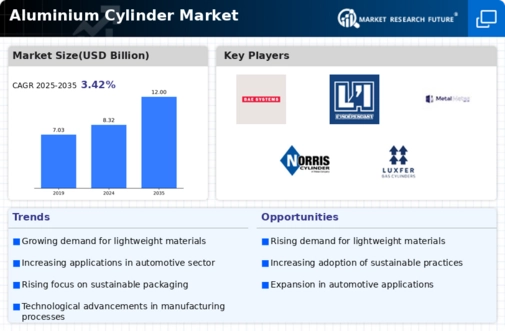
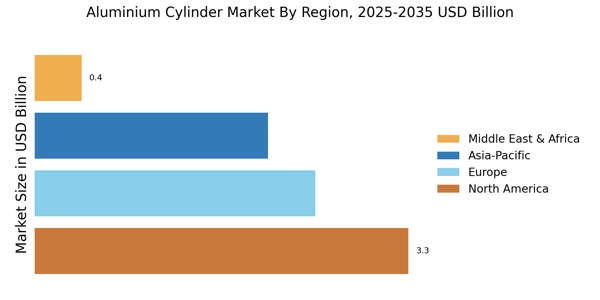
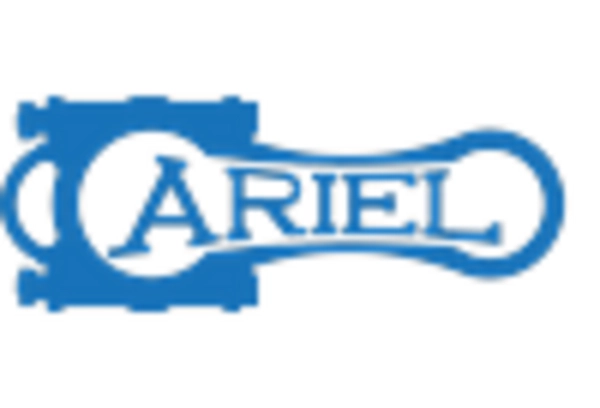
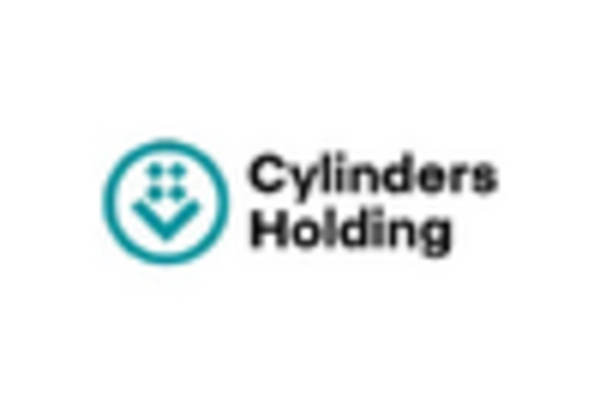
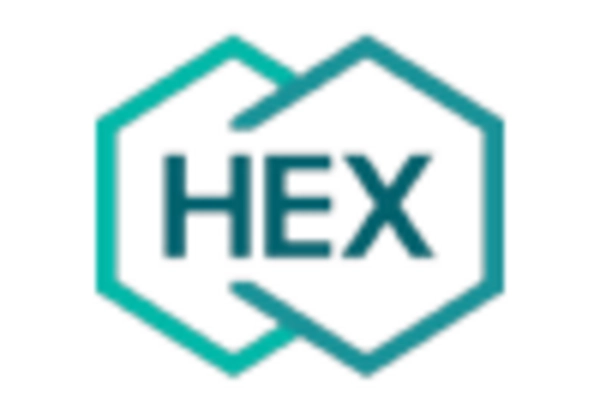
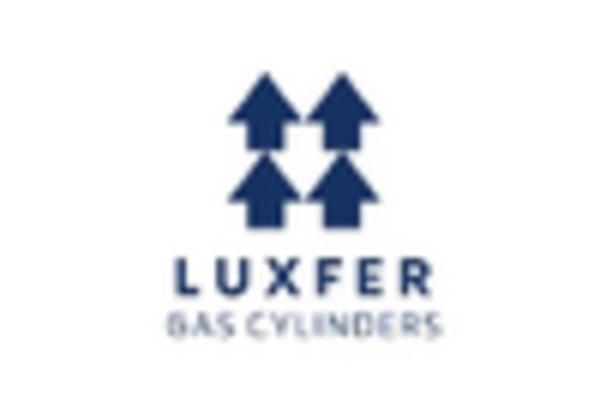
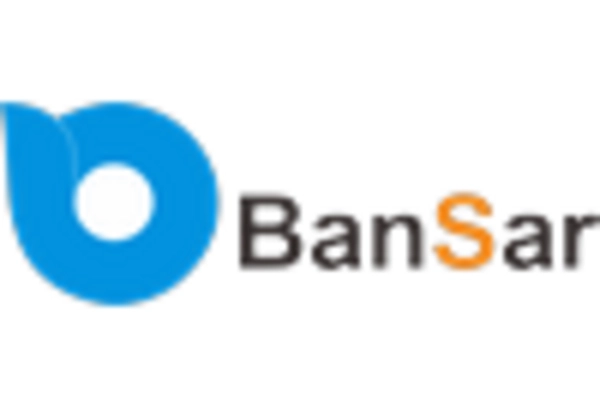
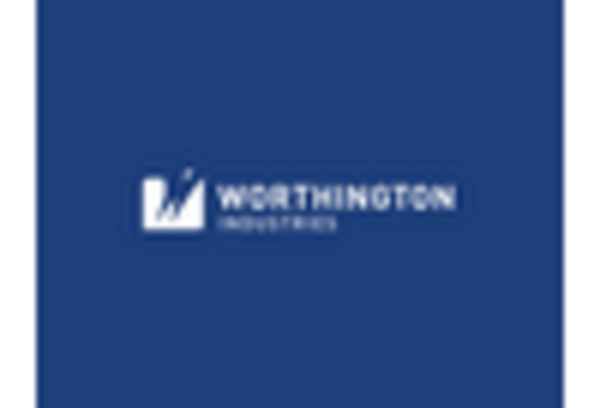








Leave a Comment